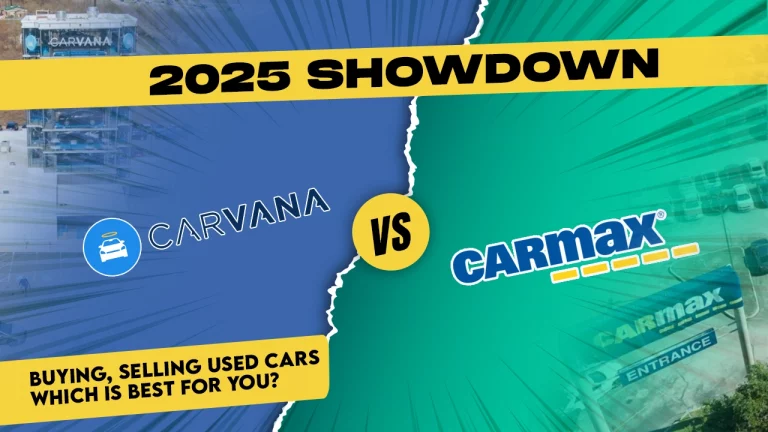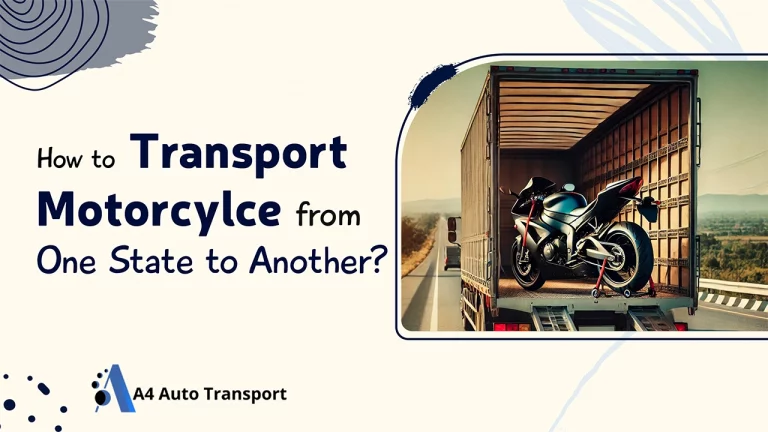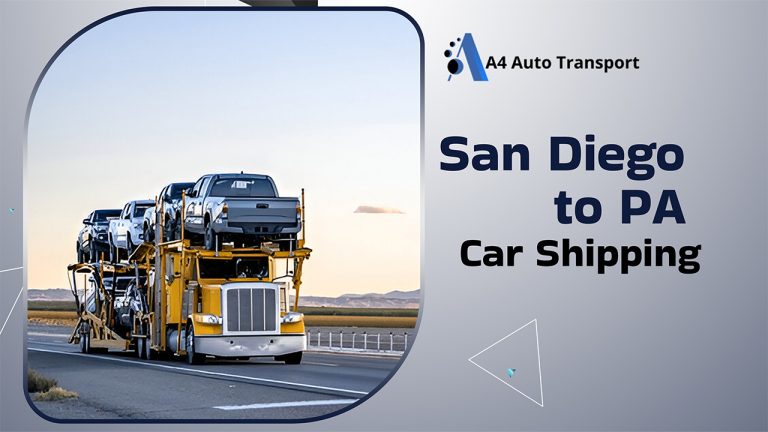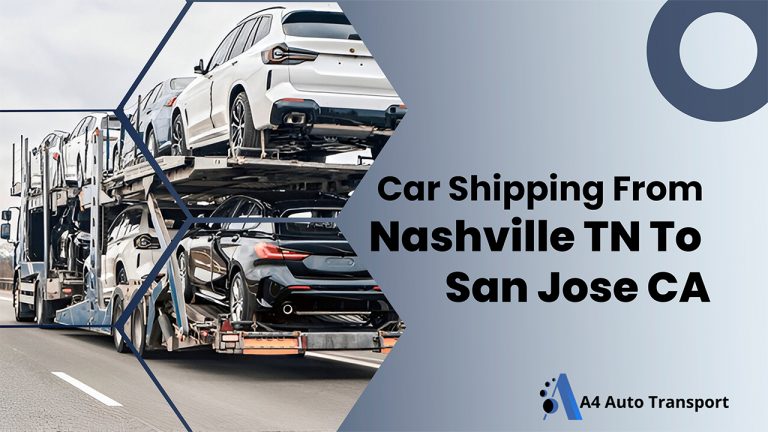Gooseneck Trailers vs. Bumper Pull Trailers: Key Differences Explained
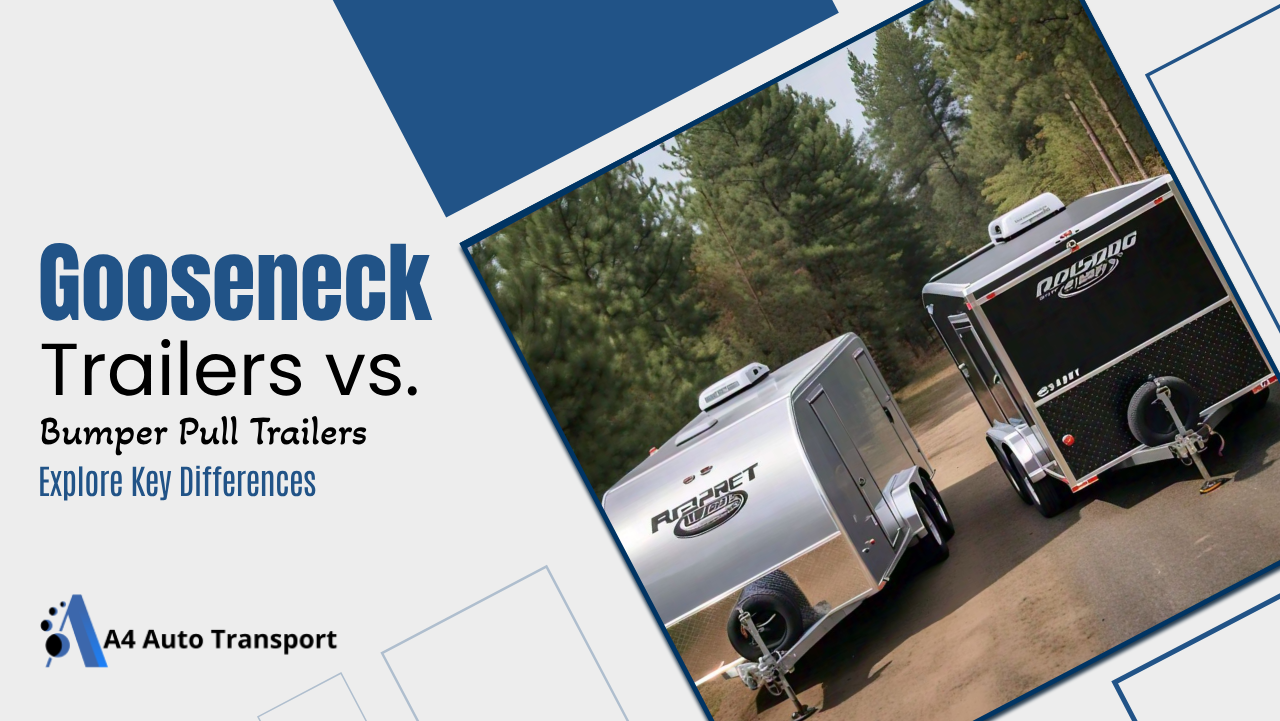
Choosing the right trailer is essential for safe and efficient vehicle transport. For auto transport companies, gooseneck trailers and bumper pull trailers are two popular options that serve different needs. This blog explores the features of both types, helping you decide which option is best for your transport requirements.
Key Highlights
- Gooseneck trailers can handle loads over 30,000 pounds, while bumper pull trailers are limited to 2,000 to 10,000 pounds.
- Gooseneck trailers provide superior stability and reduced swaying, making them better for heavy-duty hauling compared to bumper pull trailers.
- Bumper pull trailers are simpler to hook up and more accessible for casual users, ideal for lighter and occasional hauling tasks.
What is a Gooseneck Trailer?
A gooseneck trailer attaches to a truck via a coupler mounted in the bed of the truck, allowing for better weight distribution and stability when towing. These trailers are ideal for transporting heavy machinery, livestock, and large cargo.
Benefits of Gooseneck Trailers:
- Weight Capacity: Gooseneck trailers can typically carry loads exceeding 30,000 pounds, making them ideal for heavy-duty applications.
- Stability: The design of the gooseneck hitch reduces swaying, providing a smoother towing experience.
- Versatility: Available in various configurations, including flatbed and enclosed designs for specific loads.
Gooseneck Trailer: Pros and Cons
| Pros | Cons |
| Enhanced stability | Requires a compatible vehicle |
| Increased weight capacity | Higher initial cost |
| Better maneuverability | Complex setup |
| Versatile uses | Limited availability in some areas |
| Improved towing safety | Less versatile for light loads |
What is a Bumper Pull Trailer?
Bumper pull trailers attach to the hitch at the back of the towing vehicle. This design is straightforward and often easier to handle for lighter loads.
Benefits of Bumper Pull Trailers:
- Weight Capacity: Typically lower than gooseneck trailers, with capacities ranging from 2,000 to 10,000 pounds.
- Simplicity: The hitching mechanism is easy to use, making it accessible for casual users.
- Wide Availability: Bumper pull trailers are available in various types, including utility and travel trailers.
Bumper Pull Trailer: Pros and Cons
| Pros | Cons |
| Ease of use | Less stability |
| Affordability | Lower weight capacity |
| Wider compatibility | Limited maneuverability |
| More availability | Reduced towing safety |
| Versatile for light loads | More strain on the vehicle |
Gooseneck vs. Bumper Pull Trailer: Key Differences
| Feature | Gooseneck Trailer | Bumper Pull Trailer |
| Hitch Location | Over the truck bed | At the rear bumper |
| Weight Capacity | Up to 30,000+ pounds | Typically up to 10,000-12,000 pounds |
| Stability | More stable with less sway | Less stable; more prone to swaying |
| Maneuverability | Better for tight turns | Limited maneuverability |
| Size Options | Longer and wider options are available | Generally smaller and lighter |
Choosing the Right Trailer for Your Needs
When deciding between a gooseneck and bumper pull trailer, consider:
- Weight of Cargo: For heavy loads, a gooseneck trailer is usually best.
- Type of Vehicle: Ensure your towing vehicle can handle the trailer you choose.
- Frequency of Use: For occasional use with lighter loads, a bumper pull trailer may be more convenient.
Conclusion
Both gooseneck and bumper pull trailers have their unique advantages. If you require high capacity and stability for heavy-duty hauling, a gooseneck trailer is likely the best option. However, for ease of use and lighter loads, a bumper pull trailer can be a practical choice. Consider your hauling requirements, vehicle compatibility, and personal preferences to make the best decision.
FAQs
What are the main differences between a gooseneck trailer and a bumper pull trailer?
How does the stability of a gooseneck trailer compare to a bumper pull trailer?
What types of loads are best suited for gooseneck trailers?
a4AutoTransport is a group of auto transport researchers and experts that comes in handy for anyone who wants to move their car/vehicle without putting extra miles on the odometer. At a4AutoTransport, We researched over a hundred car shipping companies, interviewed real customers and industry leaders, and collected nearly 500 quotes to find the nation’s best auto transport companies. With our combined 5 years of industry experience and research, we’ll help you find the right car shipper for your budget.




